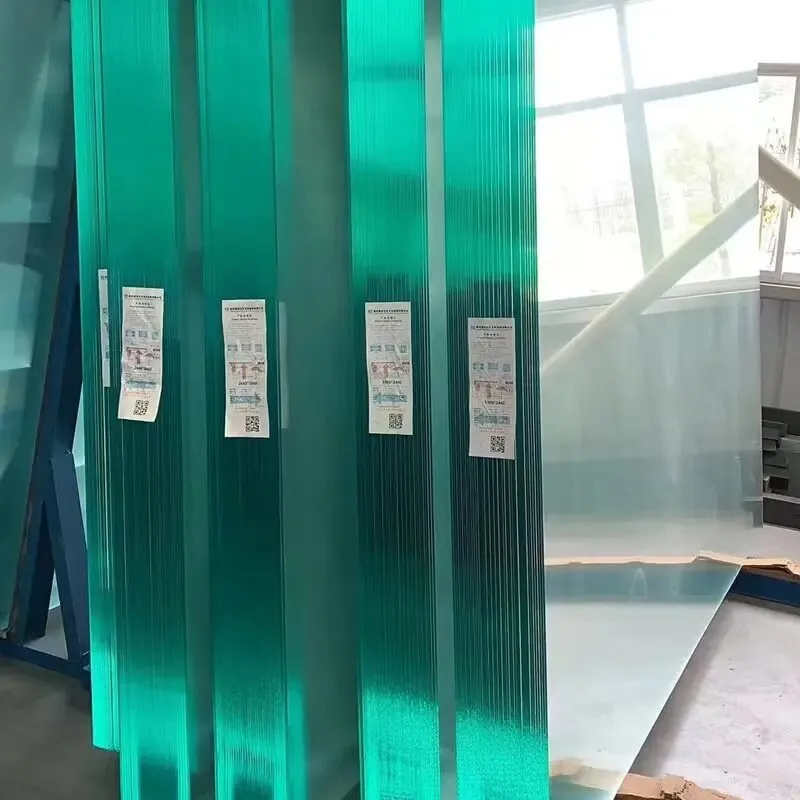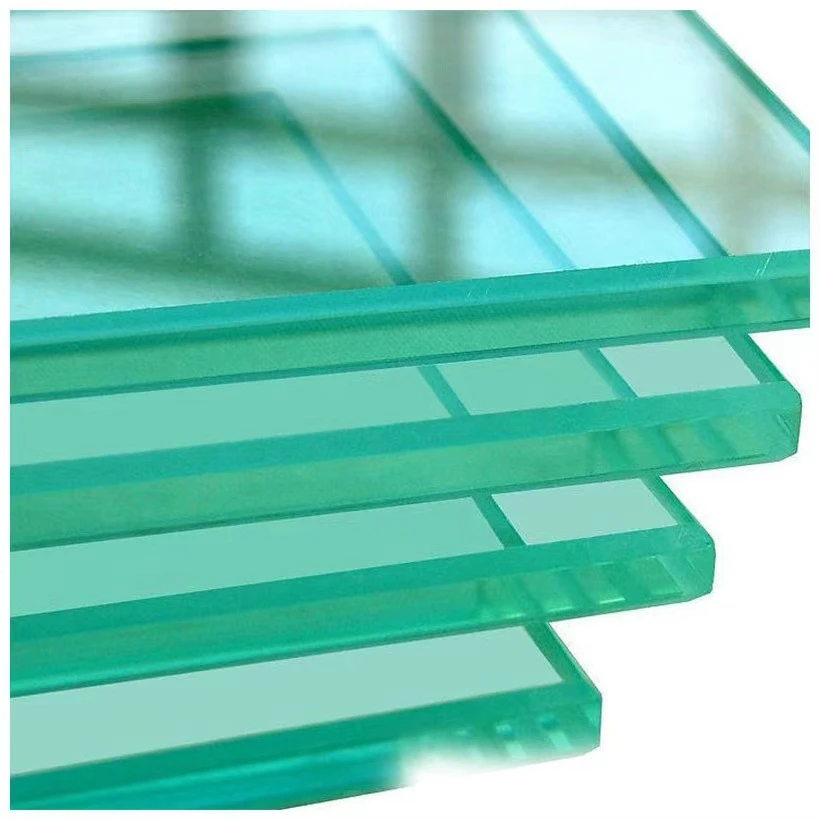Float glass, specifically 8mm in thickness, is an essential component in various architectural and industrial applications. Its demand has sparked a curiosity about the factors influencing its price, both for commercial buyers and individual consumers. Understanding these variables can empower purchasers in making informed decisions aligned with their project and budgetary requirements.

Before diving into pricing intricacies, it's crucial to appreciate what makes 8mm float glass distinct. Known for its smooth and flat surfaces, this glass is produced by floating molten glass on a bed of molten metal, typically tin. This process ensures uniformity and clarity, making it ideal for buildings, interiors, and other specialized uses. Its 8mm thickness offers an excellent balance between strength and light transmission, contributing to its popularity.
Pricing for 8mm float glass does not exist in a vacuum. It is significantly affected by raw material costs. The principal component, silica sand, has seen fluctuating prices due to varying extraction costs and transportation logistics. Additionally, the costs of other materials like soda ash and limestone, essential for reducing the melting temperature of silica, also play a crucial role.

Energy consumption during production is another critical cost determinant. The float glass manufacturing process is energy-intensive, demanding maintained high temperatures to ensure the glass remains molten. Thus, fluctuations in energy prices, often influenced by geopolitical conditions and regional energy policies, directly impact the cost of production and, consequently, the market price of the glass.
Market demand significantly influences prices. Construction booms in certain regions increase demand for 8mm float glass, affecting its availability and cost. Global supply chain dynamics, such as shipping routes, tariffs, and trade regulations, often add layers of complexity to price structures.
8mm float glass price
Technological advances in glass production also impact pricing. Innovations that improve production efficiency or result in higher-quality glass can alter market prices. For example, manufacturers investing in greener production methods might initially face higher production costs, reflected in their selling prices. However, these eco-friendly products often attract buyers interested in sustainable construction practices, willing to pay a premium.
Another influential factor is the competition among manufacturers. Regions with numerous producers might see competitive pricing as companies vie for market dominance. Conversely, limited competition can lead to higher prices due to lack of alternatives.
For purchasers wanting to gauge the price accurately, engaging with multiple suppliers is advisable. Requesting detailed quotations that outline cost components can provide transparency and room for negotiation. Keeping abreast of industry reports and forecasts can also offer insights into future price trends, aiding strategic purchasing decisions.
In today's world, where sustainability is becoming increasingly important, considering the environmental impact of glass production is vital. Choosing suppliers that adhere to environmentally friendly practices could become a significant determinant in your purchasing strategy, particularly if sustainability aligns with your project goals.
The price of 8mm float glass is a complex interplay of materials, production processes, market demand, and technological advancements. By understanding these elements, buyers are in a better position to make purchasing decisions that are informed, strategic, and aligned with their specific requirements.
 Afrikaans
Afrikaans  Albanian
Albanian  Amharic
Amharic  Arabic
Arabic  Armenian
Armenian  Azerbaijani
Azerbaijani  Basque
Basque  Belarusian
Belarusian  Bengali
Bengali  Bosnian
Bosnian  Bulgarian
Bulgarian  Catalan
Catalan  Cebuano
Cebuano  Corsican
Corsican  Croatian
Croatian  Czech
Czech  Danish
Danish  Dutch
Dutch  English
English  Esperanto
Esperanto  Estonian
Estonian  Finnish
Finnish  French
French  Frisian
Frisian  Galician
Galician  Georgian
Georgian  German
German  Greek
Greek  Gujarati
Gujarati  Haitian Creole
Haitian Creole  hausa
hausa  hawaiian
hawaiian  Hebrew
Hebrew  Hindi
Hindi  Miao
Miao  Hungarian
Hungarian  Icelandic
Icelandic  igbo
igbo  Indonesian
Indonesian  irish
irish  Italian
Italian  Japanese
Japanese  Javanese
Javanese  Kannada
Kannada  kazakh
kazakh  Khmer
Khmer  Rwandese
Rwandese  Korean
Korean  Kurdish
Kurdish  Kyrgyz
Kyrgyz  Lao
Lao  Latin
Latin  Latvian
Latvian  Lithuanian
Lithuanian  Luxembourgish
Luxembourgish  Macedonian
Macedonian  Malgashi
Malgashi  Malay
Malay  Malayalam
Malayalam  Maltese
Maltese  Maori
Maori  Marathi
Marathi  Mongolian
Mongolian  Myanmar
Myanmar  Nepali
Nepali  Norwegian
Norwegian  Norwegian
Norwegian  Occitan
Occitan  Pashto
Pashto  Persian
Persian  Polish
Polish  Portuguese
Portuguese  Punjabi
Punjabi  Romanian
Romanian  Russian
Russian  Samoan
Samoan  Scottish Gaelic
Scottish Gaelic  Serbian
Serbian  Sesotho
Sesotho  Shona
Shona  Sindhi
Sindhi  Sinhala
Sinhala  Slovak
Slovak  Slovenian
Slovenian  Somali
Somali  Spanish
Spanish  Sundanese
Sundanese  Swahili
Swahili  Swedish
Swedish  Tagalog
Tagalog  Tajik
Tajik  Tamil
Tamil  Tatar
Tatar  Telugu
Telugu  Thai
Thai  Turkish
Turkish  Turkmen
Turkmen  Ukrainian
Ukrainian  Urdu
Urdu  Uighur
Uighur  Uzbek
Uzbek  Vietnamese
Vietnamese  Welsh
Welsh  Bantu
Bantu  Yiddish
Yiddish  Yoruba
Yoruba  Zulu
Zulu 


